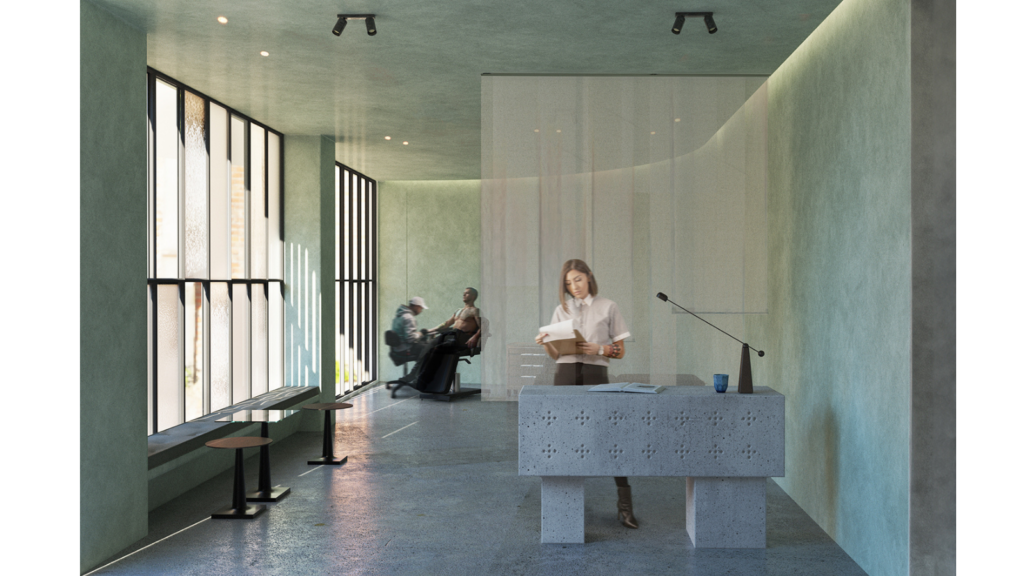
Hope Ratsula
California State University Long Beach
Professor: Alec Johnson
The design of many wellness centers in the US invite exclusion and hostility towards trans and gender non-conforming individuals. There is an urgent need to restructure our infrastructure in order to embrace and reflect a more gender-diverse society. Constructed from the conjoining of two commercial buildings in downtown Los Angeles, RESONANCE is an inclusive wellness space that is devoid of gender biases. With all gender-neutral restrooms, locker rooms, and changing rooms, the design embraces an ever-evolving understanding of sex and gender, cultivating a welcoming and gender-affirming environment for all individuals. The interior is inspired by the concept of SCARRING. In the context of the trans and non-binary community, scars are often viewed as a symbol of resilience. Alternatively, scars are the result of the body’s healing process, just as RESONANCE seeks to heal trans people’s relationships with their bodies in a physical and spiritual sense. At RESONANCE, spiritual wellness is just as important as physical wellness. In addition to a fitness center and spa, the building includes gender-affirming programming, such as a tattoo shop and salon/barbershop.
Third Space Market
When buildings segregate restrooms into “male” and “female” categories, it leaves those who do not align with either gender in a difficult position. Gender segregation is especially prevalent in wellness spaces with locker rooms and showers. This architectural oversight can lead to discomfort, anxiety, and even danger for those who do not fit within the binary system. Modern science shows that the traditional binary model of male and female is an oversimplified representation of the diversity of human biology. Intersex individuals, for example, are born with variations in sex characteristics that do not fit typical definitions of male or female. Additionally, Scientific research has revealed that biological sex is not strictly determined by the presence of specific genitalia but is influenced by a complex interplay of genetic, hormonal, and chromosomal factors. This reality challenges the outdated notion that there are only two distinct sexes.
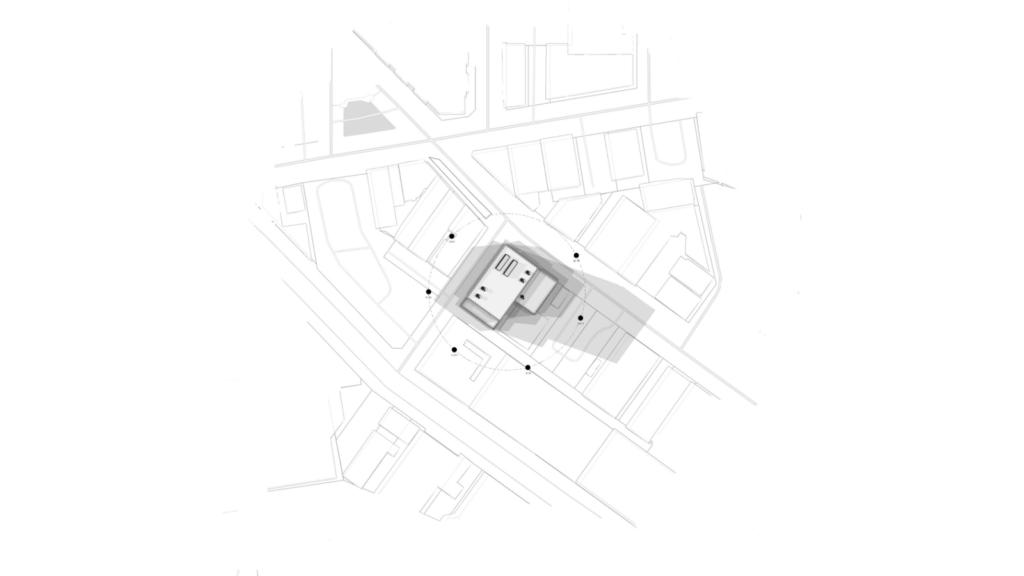
It’s no surprise to marginalized people that a majority of American infrastructure has historically upheld heteronormative ideals, fueling the oppression of trans and gender-nonconforming individuals. We have an urgent obligation to restructure our current infrastructure in order to embrace and reflect a more gender-diverse society. Born from the realization that the designs of existing wellness spaces are exclusionary and oppressive, RESONANCE is an inclusive wellness space that is gender-neutral and devoid of heteronormative biases. The design embraces an ever- evolving understanding of sex and gender, cultivating a welcoming and gender-affirming environment for all individuals, regardless of their gender identity or biological sex.
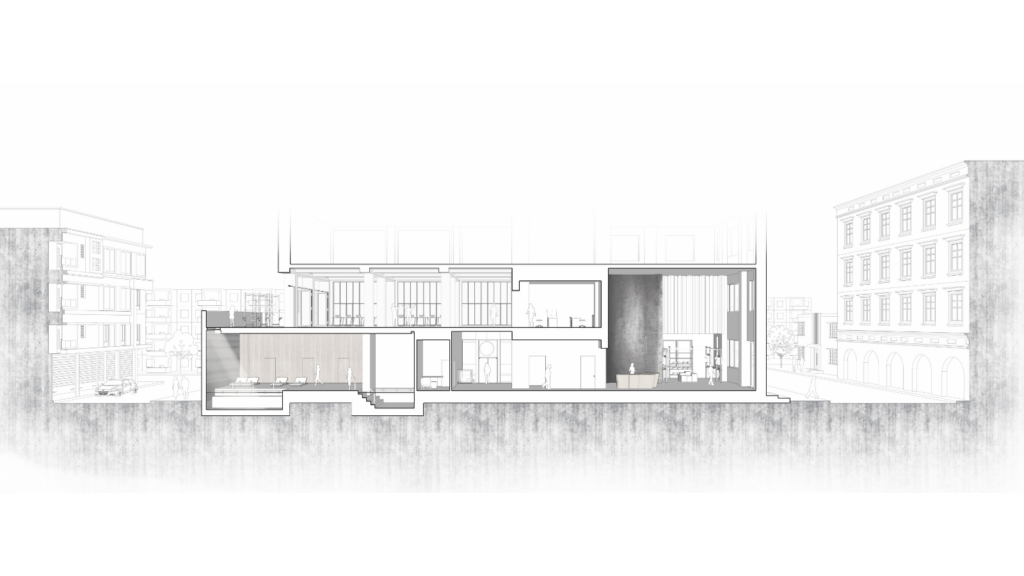
The design of our wellness spaces cling to outdated norms, leaving those outside the traditional binary, like nonbinary, trans and intersex individuals, in an uncomfortable and sometimes dangerous position. The impact of this exclusionary architecture is a tangible, often distressing, experience for many trans people, including my spouse who is nonbinary. In gendered spa areas and locker rooms, they have encountered unwelcome stares and even unnecessary vocal intervention from bystanders, turning what should be a rejuvenating experience into a source of stress and trauma. My spouse’s fear of potential harassment has led to the avoidance of certain spaces, perpetuating the cycle of exclusion within these gendered spaces.

“Resonance” will actively uplift the unique experiences of trans and nonbinary individuals. This wellness center will remove the anxiety, fear, and danger associated with historically traumatic areas like changing rooms, locker rooms, and spa treatment areas. With entirely gender-neutral facilities, individuals will be granted the freedom to fully engage in self-care activities, unencumbered by the gender divides that characterize locker rooms and spa areas.
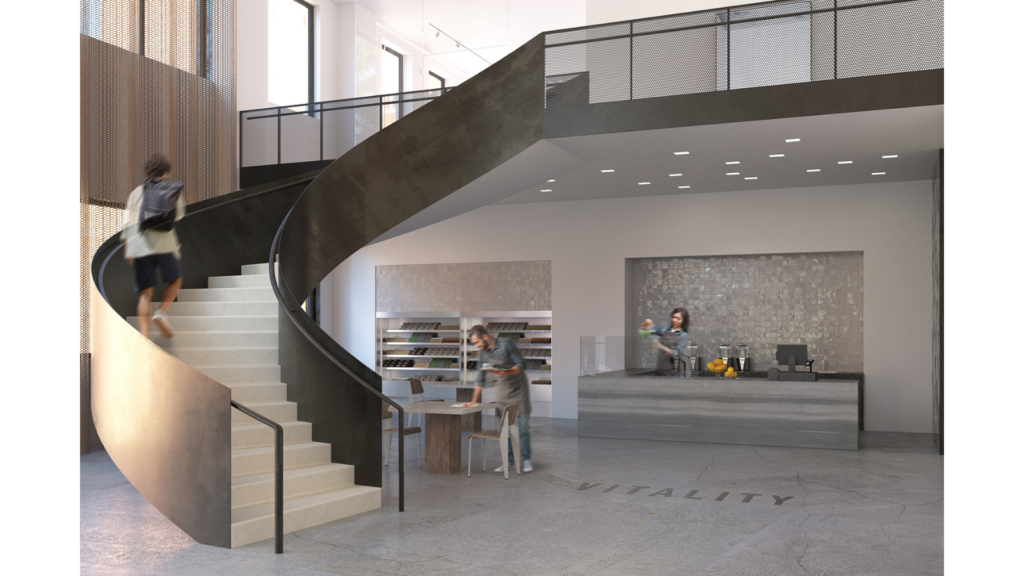
Gender-affirming programming is incorporated into the architecture, including the addition of a barbershop that specializes in genderless haircuts and spa treatments tailored specifically for people who have undergone transition-related surgeries. These features are deliberate choices to create a space that uplifts trans and nonbinary individuals. The barbershop, for instance, serves as more than a grooming facility– it is a space for self-expression, where individuals can align their outward appearance with their inner identity. Through interviews with trans and nonbinary individuals, a resounding sentiment arose: haircuts hold immense importance in shaping and affirming their gender identities. However, a significant issue with salons was also discussed: Many current salons adhere to a binary pricing model that categorizes haircuts based on traditional gender norms, reinforcing stereotypical gender notions, and displaying a blatant lack of consideration for genderqueer people.
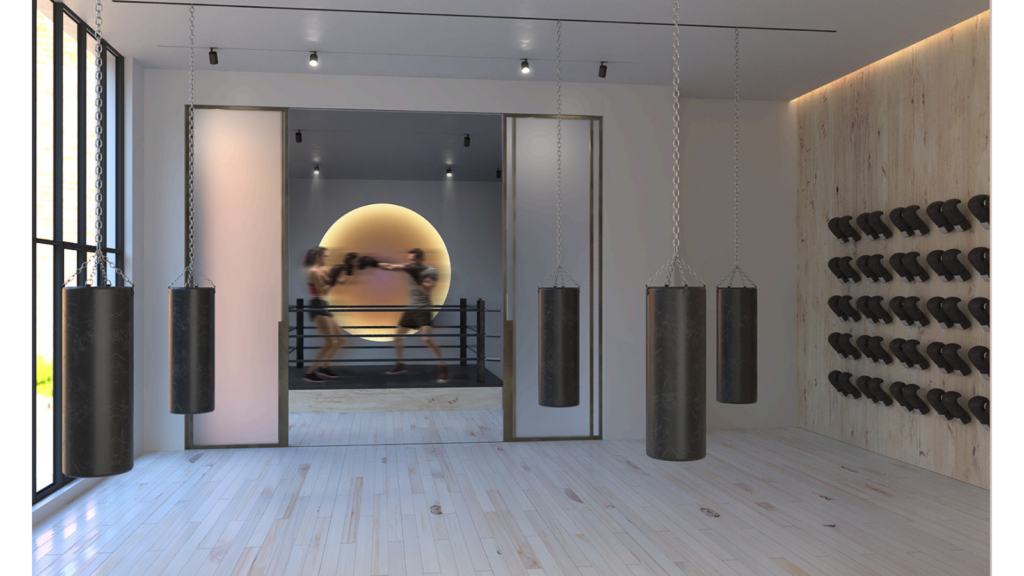
For instance, a woman seeking a short haircut may find herself charged more for a “women’s cut,” even if the style aligns more with the conventional “men’s cut.” This anecdote underscores the need for more genderless barbershops and salons as platforms for self-expression and gender affirmation. A few other interviews highlighted the practice of tattooing as a gender-affirming process. M Masucci, a nonbinary person in San Diego, stated that since receiving top surgery “getting [their] chest tattooed has been extremely gender affirming.” However, it is a widespread sentiment that tattoo shops often exhibit hyper-male, toxic masculine attitudes that make some gender queer clients feel uneasy and unwelcome. This issue can be addressed by hiring trans and queer tattoo artists and implementing a more gender-neutral design. A tattoo shop that is catered to the needs of trans and non-binary people would be a welcome gender-affirming addition to the wellness center.
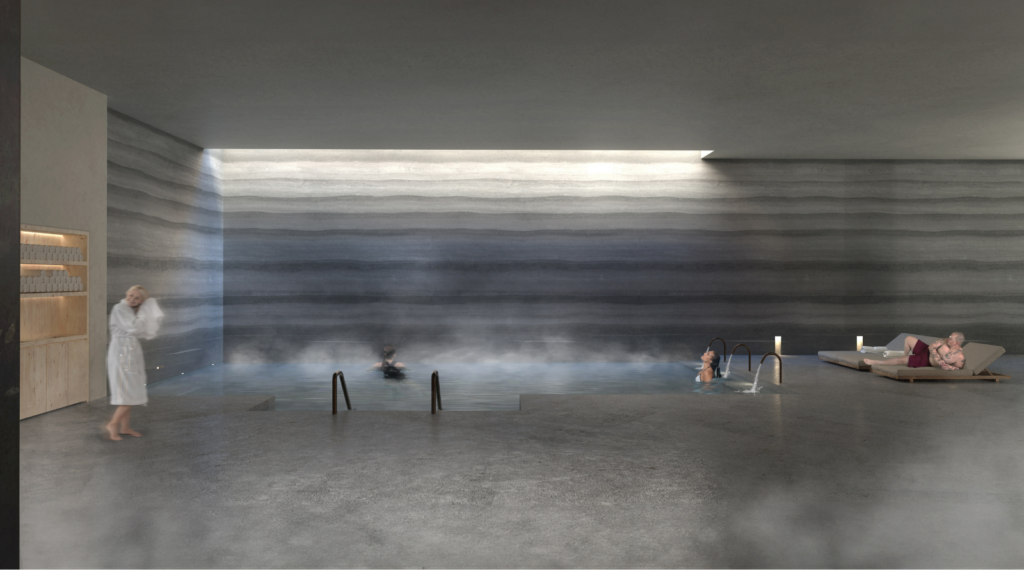
Ultimately, collaboration with the local LGBTQ+ community is of the utmost importance in making this space a true reflection of the people it serves, fostering a sense of ownership and connection. In creating an inclusive wellness space, the goal is to not just respond to societal needs but to lead the way in dismantling oppressive structures, promoting a future where trans and nonbinary individuals not only belong but thrive. The deliberate design choices, from eradicating gender divides in the architecture to the inclusion of gender-affirming programming, will reflect a dedication to providing an environment where trans and nonbinary individuals feel welcomed and celebrated. The envisioned space transcends a mere response to the inadequacies of existing architecture; it is a proactive stance against current exclusionary practices. By prioritizing the unique needs and experiences of trans and nonbinary individuals, this wellness center can act as a catalyst for empowerment and self-affirmation. In the collaborative spirit of inclusive design, the voices of the trans and nonbinary community, as well as the local LGBTQ+ community, play a pivotal role. By means of interviews and collaboration throughout the design process, their lived experiences have guided the creation of a space that goes beyond basic accommodation.
